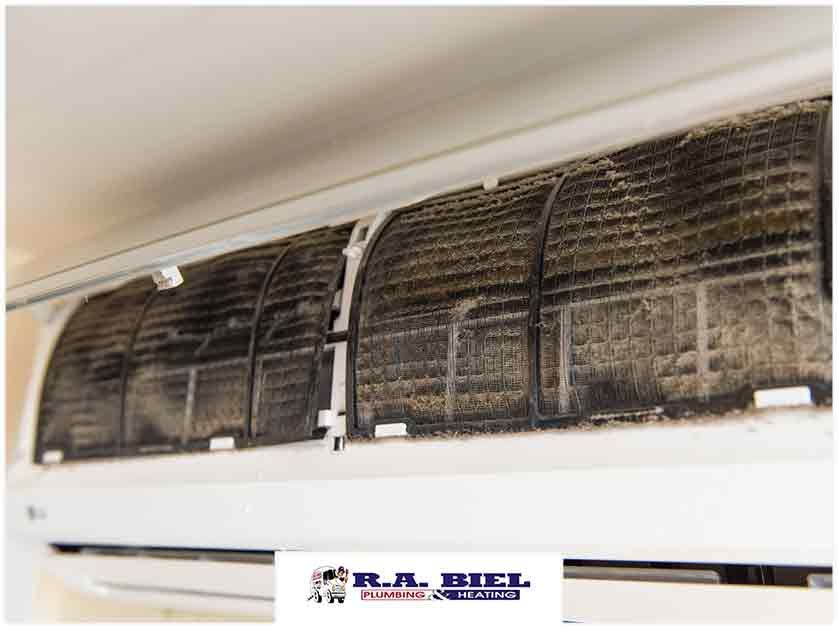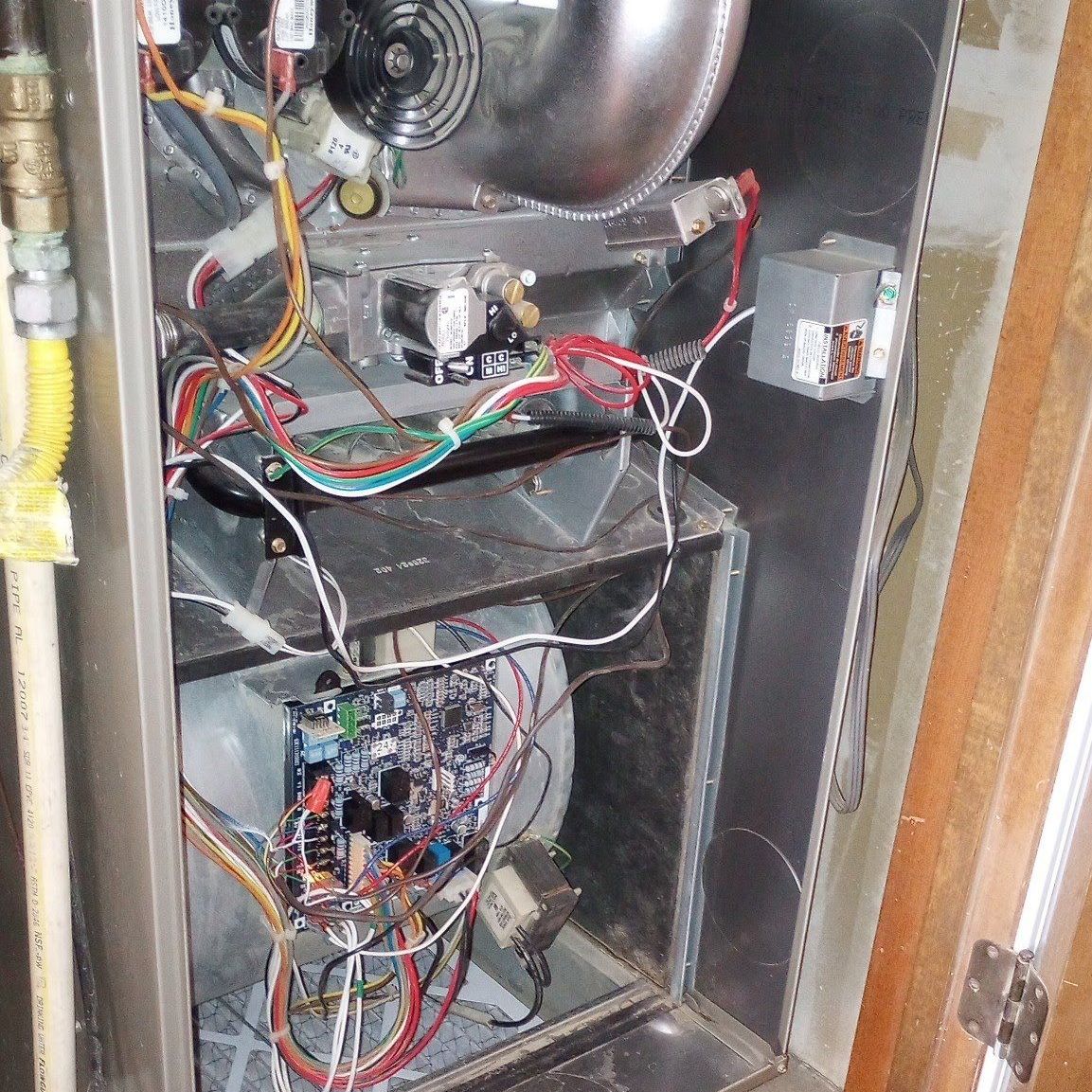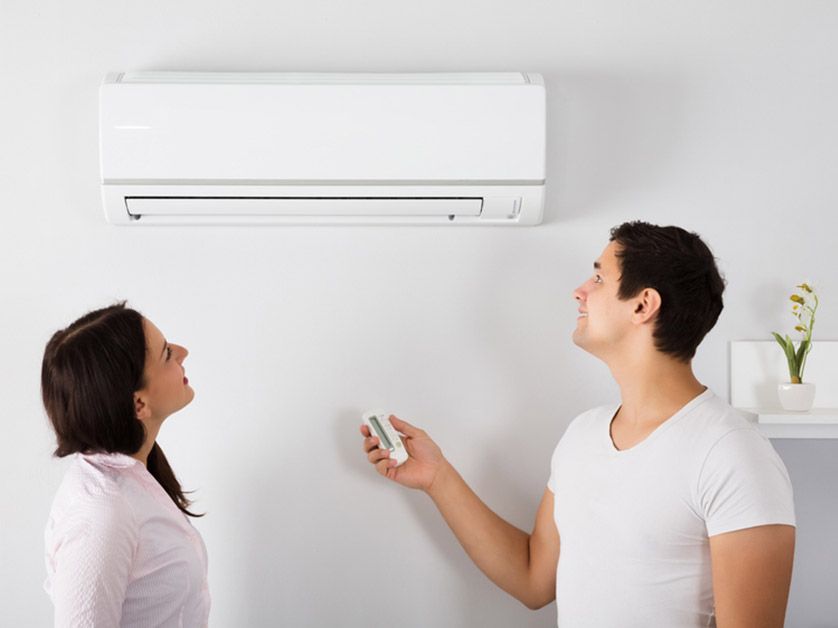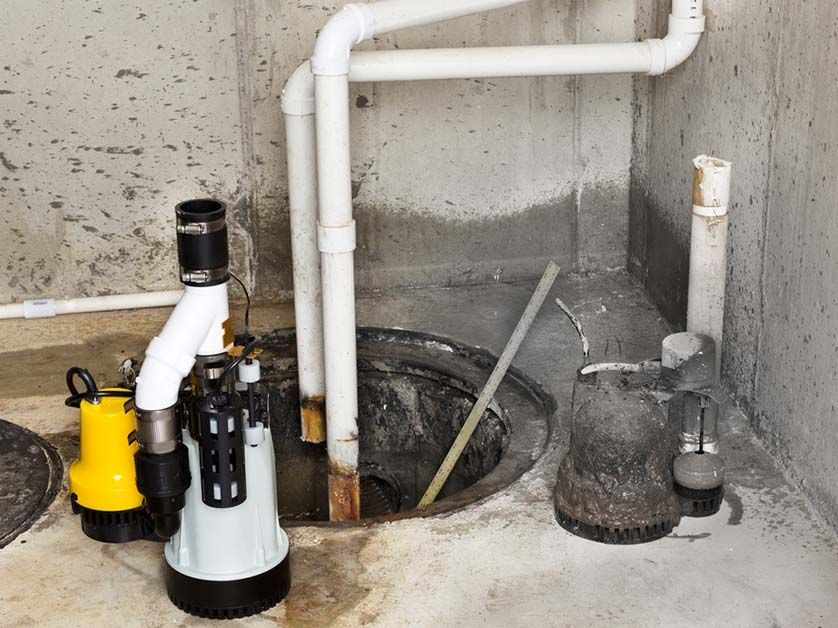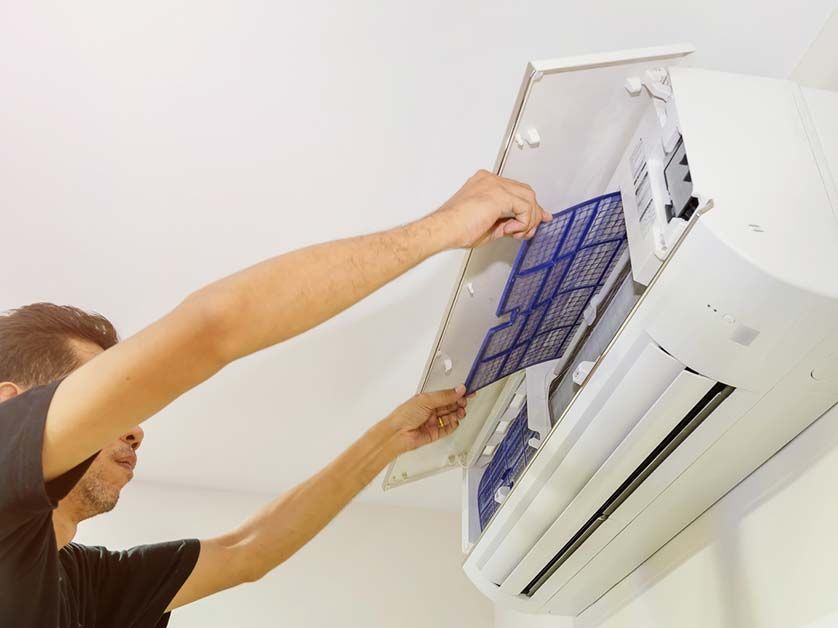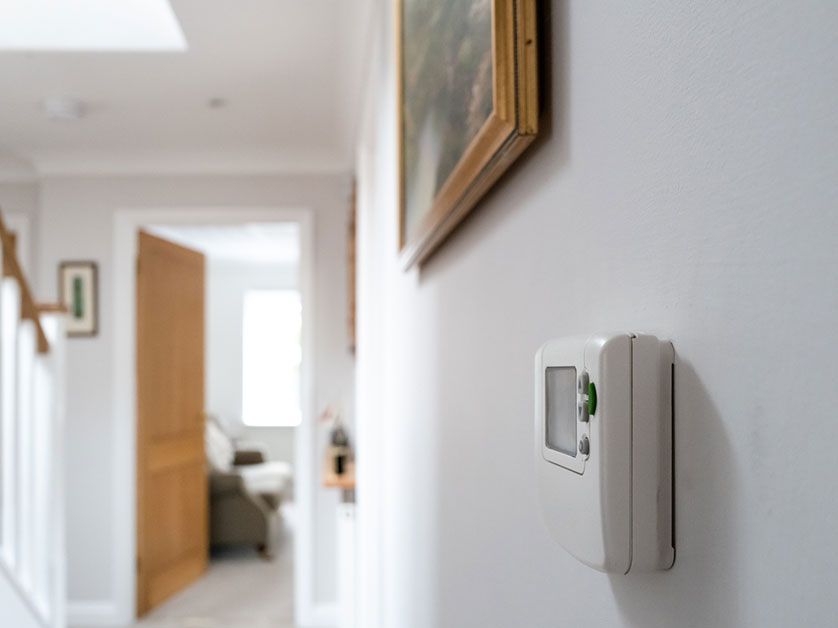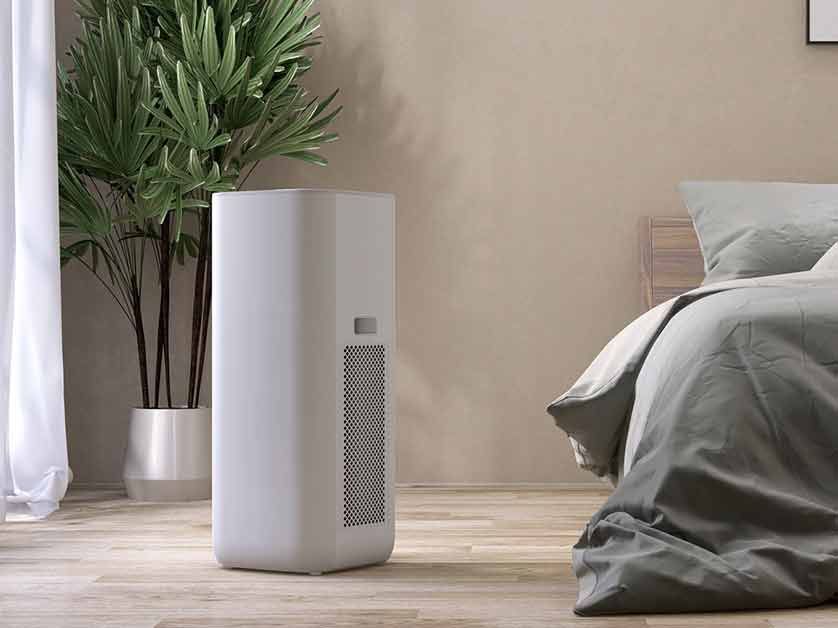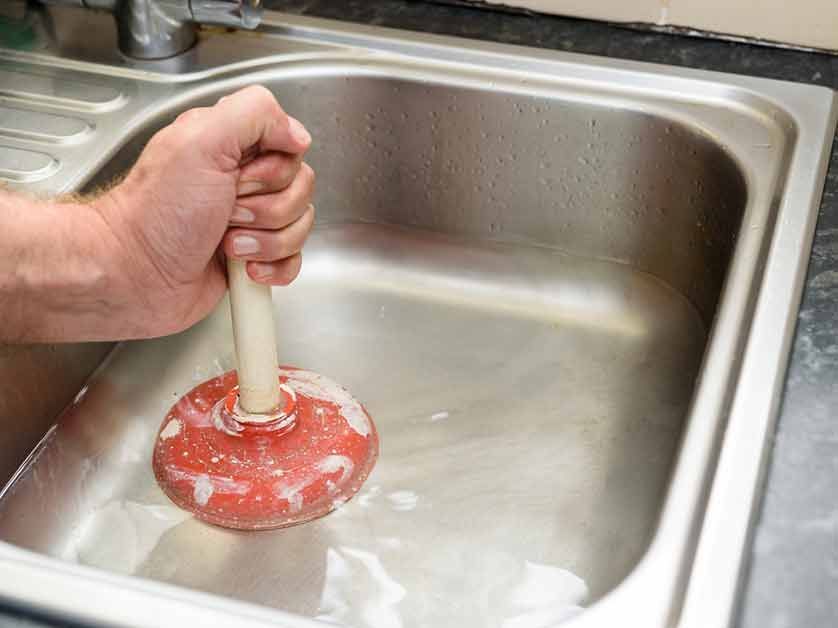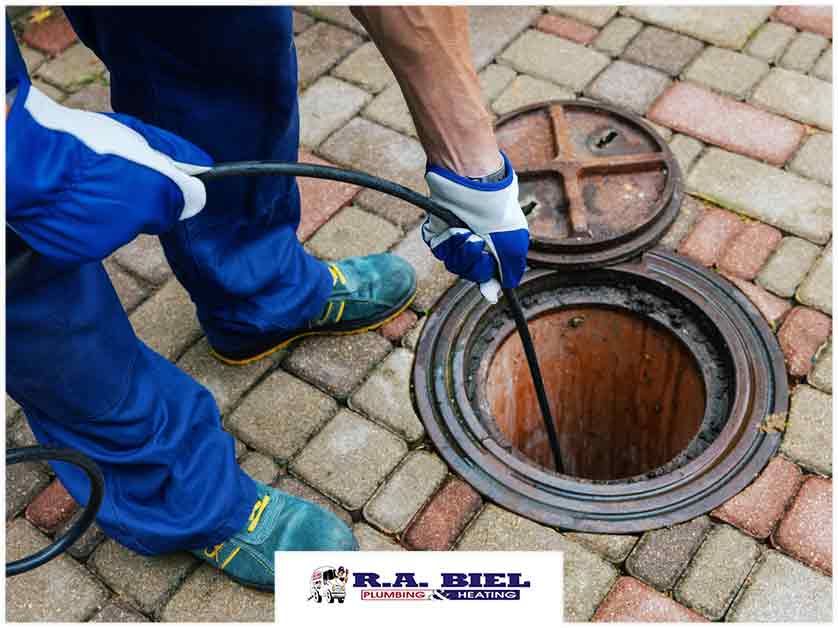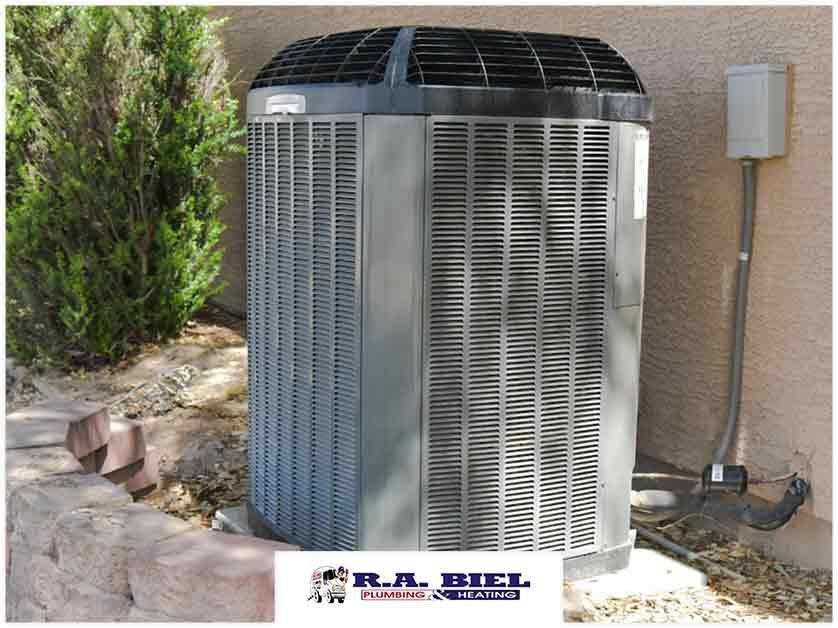How Long Does It Take to Replace a Furnace?
During the colder months of the year, the furnace becomes one of the most essential pieces of home equipment. A furnace not only provides much-needed heat throughout the house, it also keeps the residents feeling warm and cozy and helps maintain the safety and efficiency of the living space. However, like most electrical appliances, there will come a time when the furnace will need to be replaced, either due to old age or wear and tear.
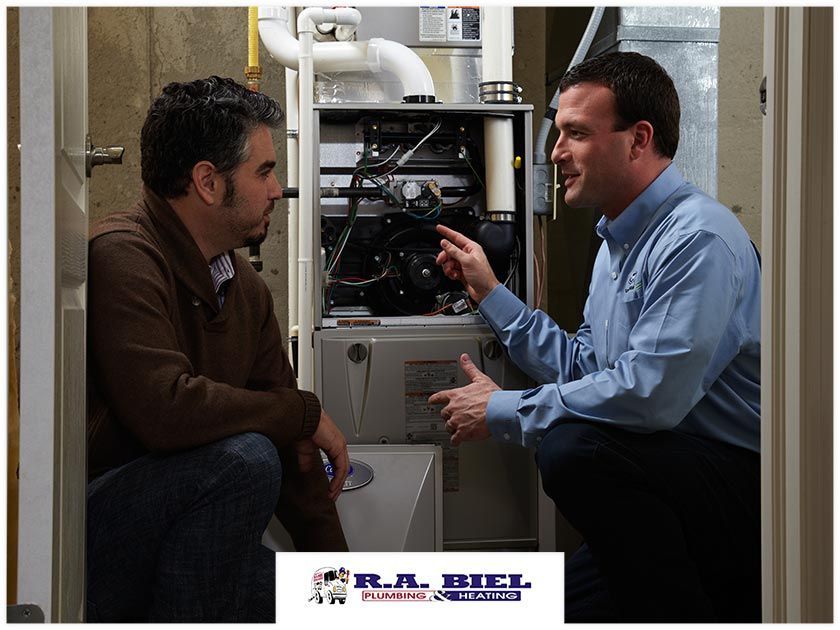
In this article, an HVAC repair and replacement technician talks about how long it usually takes to replace a furnace and what to expect during the process.
How Long Should It Take to Install a Furnace?
A furnace installation doesn’t have to be a complicated process. As a homeowner, you’ll want the task to be completed as soon as possible, especially if the installation is taking place on a bitterly cold winter’s day. The good news is that as long as the existing ductwork in your home is in tip-top condition and doesn’t require a repair or replacement, the furnace installation should be completed within a day. On average, it takes about four to 10 hours to wrap up a furnace install, depending on the type and size of the unit. As expected, a larger, more complex model will take more time and effort than a standard unit.
A brand-new furnace is an important investment for any homeowner. It’s essential that you understand the process so you can make better decisions for your family, including choosing a furnace that’s the right size for your home and can meet its unique heating requirements.
What Affects Installation Time?
In addition to the make and model of the furnace, many factors can affect the heating installation. For example, if the HVAC repair and replacement specialist discovers that the ductwork, gas lines or other electrical connections have to be replaced, they may need additional time to complete the furnace install. For older homes, modifications to the line and structure may be mandatory to fully accommodate the capabilities of the new equipment.
Installation cost. One factor that determines the furnace installation time is the cost of having it installed. For some homeowners, especially those living in larger houses, furnace services from reputable companies can be a bit high-cost. Some contractors offer financing options or special offers such as rebates, which allow customers the flexibility to make regular payments that work with their budget constraints rather than having to fork over hundreds, if not thousands, of dollars all at once.
Size of the house. Since the size of your house determines the size of the furnace you have to install, this inadvertently impacts the installation time. The larger the square footage of your home, the higher the volume capacity you’ll need to evenly distribute heat throughout the space. A furnace that’s too small can become overworked in a large house, causing its components to wear out at a faster rate. On the other hand, a furnace that’s too big will have too much heating capacity, and as a result, it will heat the house quickly and then shut off quickly, too. According to an HVAC maintenance expert, this constant turning on and off will take a toll on the furnace, negatively affecting its performance and efficiency.
A trained technician will calculate the heat load of your home in order to determine the appropriate size of the furnace to be installed. In addition to the square footage of the house, the technician will take into account various other factors, including the floor plan and orientation, amount of insulation, number of doors and windows and number of people living in the house. By correctly identifying the furnace size you need, you can effectively avoid an array of costly problems, such as ductwork leaks, pressure buildups, short cycles and random hot and cold spots throughout the house.
Choosing the Type of Furnace for Your Home
You’ll also have to choose between an electric furnace or a combustion furnace, two primary types of residential furnaces. Combustion furnaces are the traditional choice. Most combustion furnaces burn natural gas, although there are some units that use propane or oil. Conversely, electric furnaces use electricity to generate heat, and have become increasingly popular among homeowners.
Electric furnaces are generally less expensive to purchase and install than gas-fueled furnaces. A new electric furnace usually ranges from $1,000 to $2,500, whereas a gas furnace costs between $3,000 and $4,000 before installation. However, despite the lower upfront prices and HVAC maintenance costs of electric furnaces, their operational costs are usually greater because of the high cost of electric power.
Determining the Energy Efficiency of Furnaces
Modern-day furnaces are generally fairly energy-efficient. When deciding on a furnace, make sure to consider its level of energy efficiency and look for its Annual Fuel Utilization Efficiency (AFUE) rating. AFUE measures the percentage of heat generated for every volume of fuel consumed every year. A higher AFUE rating means the furnace is more energy-efficient. Today, the minimum AFUE rating for new furnaces is 78 percent, while high-efficiency furnaces are rated between 90 and 97 percent.
What to Expect From the Installation Process
Here are the basic steps a trained technician will take when they replace your furnace:
First off, the technician will perform an initial walkthrough of your home, particularly the installation area, before scheduling the actual installation. They should discuss any specific semantics regarding the replacement, such as repairs that need to be done. They should also be able to provide an estimate for the cost of the project and the approximate time it will take for them to complete it.
An experienced contractor will see to it that you receive regular updates on the progress of the installation. You can trust them not to cut corners or attempt to execute poor workmanship. Remember, unless the technician has to perform additional work, like air duct cleaning , they’re in your home for one thing only, and that’s to properly remove your old furnace and install the new one.
After the successful installation of your new furnace, the technician will go over a post-installation checklist with you, the homeowner, to confirm that they’ve completed the assigned task and met–or even exceeded–your expectations. Also, a reliable technician will readily answer any concerns or inquiries you may have and leave you an email or telephone number to call should issues arise later on.
The last thing you’ll want to do is take chances on your furnace installation as your home is braving freezing temperatures. It’s important to select a fully licensed and insured heating contractor to ensure that the replacement is done in a timely and professional manner. When you choose to hire an inexperienced person or a technician who doesn’t have the correct tools and equipment to carry out the replacement properly, it will only lead to wasted time and money.
Contact Professionals for Heating System Replacement
Colder weather has arrived, and it will just continue to get colder. When you need to replace your outdated or malfunctioning furnace, contact R.A. Biel Plumbing & Heating, Inc. With industry-leading products, excellent workmanship and competitive prices, we’ll deliver the comfort and functionality that you expect. Our skilled technicians also perform air duct cleaning and HVAC tune-ups, safety inspections and repairs. Call (541) 249-7876 or fill out our convenient online form to schedule an appointment. We look forward to working with you!
The post How Long Does It Take to Replace a Furnace? appeared first on R.A. Biel Plumbing & Heating, Inc..
Our Recent Articles
